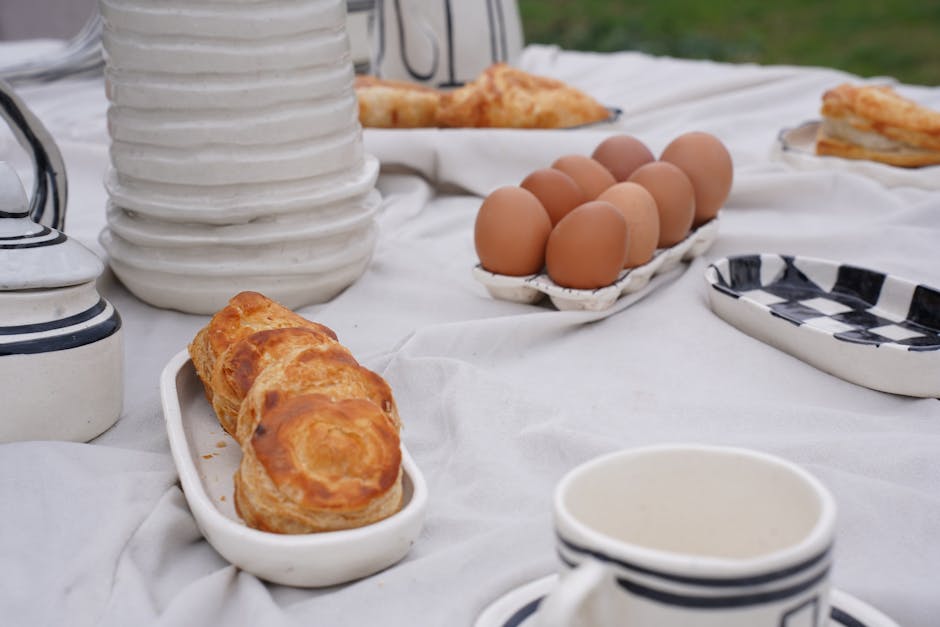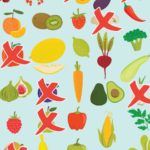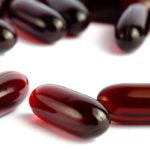Crafting Compelling Recipe Articles: A Comprehensive Guide
Recipe articles are more than just a list of ingredients and instructions. They’re a storytelling medium, a culinary journey guiding readers from preparation to the satisfying final bite. To create a truly compelling recipe article, consider these key aspects:
I. Keyword Research and Targeting:
Before even thinking about ingredients, identify your target audience and their culinary interests. Utilize keyword research tools like Google Keyword Planner, Ahrefs, or SEMrush to find relevant keywords. Think beyond the obvious. Instead of just “chocolate chip cookies,” consider long-tail keywords like “best chewy chocolate chip cookies recipe from scratch,” “easy gluten-free chocolate chip cookie recipe for beginners,” or “vegan chocolate chip cookie recipe with oat flour.” These more specific keywords attract a more targeted audience actively searching for that precise type of recipe. Analyze competitor articles to understand their keyword strategy and identify gaps in the market.
II. Recipe Development and Testing:
A successful recipe article hinges on a well-tested recipe. Don’t simply copy and paste from a family cookbook. Develop and refine your recipe thoroughly. This involves:
- Recipe Testing: Test your recipe multiple times, making adjustments as needed to perfect flavors, textures, and cooking times. Note down every change you make and its effect on the final product. This meticulousness ensures consistent results for your readers.
- Ingredient Sourcing: Specify the quality and type of ingredients. For example, instead of simply “flour,” specify “all-purpose flour” or “cake flour” depending on the recipe’s needs. Detailing sourcing adds credibility and elevates the recipe.
- Measurement Precision: Use precise measurements, including weight measurements wherever possible (especially for baking). This leads to more reliable results and avoids common baking failures. Avoid vague terms like “a pinch” or “to taste,” favoring precise quantities.
- Recipe Variations: Offer variations to cater to different dietary needs and preferences. Suggest substitutions for allergens (gluten-free, dairy-free options), or offer alternative ingredient choices to cater to varying tastes. This broadens the article’s appeal and makes it more inclusive.
III. Structuring Your Recipe Article for Optimal Readability:
The structure of your recipe article significantly impacts user experience. Aim for a clear, logical flow that’s easy to follow:
- Compelling Headline and Subheadings: Craft a headline that is both informative and enticing, accurately reflecting the recipe’s content. Use clear, concise subheadings to break up the text and guide readers through the different sections of the article.
- High-Quality Photography: Professional, mouthwatering photos are crucial. Showcase the recipe at different stages: ingredient shots, preparation steps, and the final, beautifully plated dish. Consider using high-quality images that visually highlight textures and colors.
- Step-by-Step Instructions: Provide clear, concise, and numbered instructions. Each step should be easily understandable and actionable, ensuring readers can successfully follow the recipe. Avoid ambiguity, and use action verbs that communicate precisely what needs to be done.
- Ingredient List: Present a neatly organized ingredient list, clearly specifying quantities and units. Group similar ingredients together (e.g., dry ingredients, wet ingredients) for efficient preparation.
- Cooking Time and Yield: Clearly state the total cooking time and the number of servings the recipe yields. This provides crucial information at a glance.
- Tips and Troubleshooting: Include helpful tips and tricks to enhance the cooking process and address potential problems. This demonstrates expertise and helps prevent recipe failures. For example, you could mention “ensure your oven is preheated to the correct temperature” or “don’t overmix the batter.”
- Nutritional Information (Optional but Recommended): Provide approximate nutritional information per serving, including calories, fat, protein, and carbohydrates. This is helpful for health-conscious readers. Note that this information may require dedicated software or online calculators.
IV. Enhancing Engagement and SEO:
Beyond the recipe itself, engaging your readers and optimizing for search engines is key:
- Compelling Narrative: Weave a story around the recipe. Share its origin, inspiration, or personal anecdotes related to the dish. This personal touch creates a connection with the reader and makes the article more memorable.
- Internal and External Linking: Include links to other relevant articles on your website (internal linking) and authoritative sources (external linking) to enhance credibility and improve SEO.
- Social Media Optimization: Optimize your recipe article for social media sharing. Use visually appealing images and write engaging captions to encourage sharing.
- Schema Markup: Implement schema markup to provide search engines with structured data about your recipe. This helps improve your article’s visibility in search results.
- Call to Action: Encourage reader interaction by asking questions, inviting comments, or suggesting related recipes. This fosters engagement and builds a community around your content.
- Mobile Optimization: Ensure your recipe article is fully responsive and displays correctly on all devices, including smartphones and tablets. This is crucial for user experience.
V. Legal Considerations and Copyright:
- Original Content: Ensure all content, including text, images, and recipes, is original or properly licensed. Plagiarism is a serious issue and can lead to penalties.
- Image Licensing: Use only images that you have the rights to use. Obtain permission from the photographer or use royalty-free images from reputable sources.
- Recipe Copyright: Understand the legal aspects of recipe copyright. While recipes themselves are not typically copyrightable, the unique expression of a recipe (i.e., your specific instructions and text) can be protected.
By meticulously focusing on these aspects, you can elevate your recipe articles beyond simple instructions, crafting engaging, informative, and SEO-optimized content that resonates with your audience and drives traffic to your website. Remember consistency and quality are key to establishing credibility and building a loyal readership.





